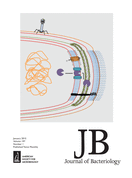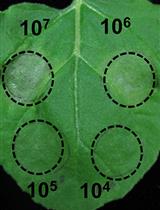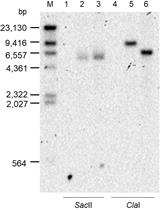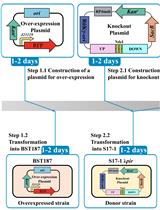- EN - English
- CN - 中文
Transformation of Thermus Species by Natural Competence
通过自然竞争法转化栖热菌属细胞
发布: 2016年11月20日第6卷第22期 DOI: 10.21769/BioProtoc.2007 浏览次数: 10496
评审: Daan C. SwartsMaria SinetovaAnonymous reviewer(s)
Abstract
Many Thermus species harbour genomes scourged with horizontally transferred signatures. Thermus thermophilus (Tth) has been characterized as naturally competent. The transformation protocol described here is based on the maximum DNA uptake rates registered at mid-exponential phase (OD600 0.3-0.4). Here we describe the stepwise protocol followed for transformation of both plasmids and linearized genomic DNA, of which the latter can be employed as an alternative method to electroporation to introduce mutations or to generate gene deletions in Thermus isolates, for instance.
Background
Thermus thermophilus (Tth) is an extreme thermophilic species extensively used as laboratory model, due to its ancient phylogenetic origin, the comparative ease of crystallisation of its proteins and macromolecular complexes, and the fast growth and good yields under laboratory growth conditions of several of its isolates. Among the most commonly employed isolates, the strains T. thermophilus HB27 and HB8 constitute the most frequently used models due to the high rates by which they can be transformed by natural competence. DNA of any source and topology can be easily taken up by growing cells of these isolates at rates of around 40 kb/s/cell (Schwarzenlander and Averhoff, 2006) showing yields of around 10-2 transformants/viable cell. For this, a polar located natural competence apparatus (Gold et al., 2015) involving at least 16 proteins encoded in five loci in the chromosome (Averhoff, 2009) of both strains is expressed essentially in a constitutive way, although the transformation efficiency is higher at exponential phase. Variants of antibiotic resistance genes encoding thermostable variants have been developed by directed evolution as gene markers, in such a way that selection can be performed in plates with kanamycin (Lasa et al., 1992), hygromycin B (Nakamura et al., 2005), or bleomycin (Brouns et al., 2005). Streptomycin resistance can be also employed to check natural competence with isogenic DNA (Koyama et al., 1986). This protocol describes the highly efficient transformation of cultures at exponential growth phase, providing reproducible data of maximized transformation efficiency.
Materials and Reagents
- 12 ml sterile plastic tubes
- 15 ml sterile plastic tubes
- Sterile plastic Petri dish plates (standard size; 100 x15 mm)
- Sterile tips for micropippettes, 5-200 µl (for instance, Daslab, catalog number: 162001 )
- Sterile tips for micropippettes, 100-1,000 µl (for instance, Daslab, catalog number: 162222 )
- Sterile tips for micropippettes, 10 µl (for instance, Metler Toledo, catalog number: 17004280 )
- Recipient Thermus strain, for instance, HB27 wild type (HB27/ATCC BAA-163 /DSM 7039)#
#Note: Other Thermus thermophilus strains such as NAR1 and HB8, have been defined as naturally competent, thus, harboring the competence proteins required for transformation (César et al., 2011). All Thermus spp. strains referred here are available at the DSMZ collection. - Kanamycin sulphate (Sigma-Aldrich, catalog number: K1377-5G )
- Tryptone (Conda, catalog number: 1612 )
- Yeast extract (Conda, catalog number: 1702 )
- Sodium chloride (NaCl) (EMD Millipore, catalog number: 1.06404.1000 )
- Agar (grade A) (Conda, catalog number: 1800 )
- Thermus water (carbonated-rich mineral water)
- DNA template: purified plasmids or genomic DNA** (harbouring the thermostable kat cassette)
**Note: DNA quantity depends on the topology of the DNA to be transformed and the competence of the recipient strain. - TB liquid medium (see Recipes)
- TB agar plates (see Recipes)
Equipment
- 50 ml Erlenmeyer flask
- Rotary shaker incubator reaching 70 °C (150 rpm) (Thermo Scientific, Thermo ScientificTM, catalog number: SHKE 420HP )
- Glass beads or a spreader
- Autoclave device (CertoClav, model: EL 18L )
- Spectrophotometer (Hitachi, model: U-2000 )
- Pipette P2, 0.2-2 μl (Gilson, Pipetman classicTM, catalog number: F144801 )
- Pipette P20, 2-20 μl (Gilson, Pipetman classicTM, catalog number: F123600 )
- Pipette P100, 20-100 μl (Gilson, Pipetman classicTM, catalog number: F123615 )
- Pipette P200, 50-200 μl (Gilson, Pipetman classicTM, catalog number: F123601 )
- 70 °C heater (Gemini, model: Memmert UE400 )
- Humid chambers
Note: Tupperware devices are preferentially used. Humidified plastic bags are also valid. Addition of a paper towel, soaked on Thermus water and laid on the bottom of the chamber would enhance humidity maintenance. Ventilation should be avoided in order to conserve humidity. An example is provided in the photographs beneath (Figure 1).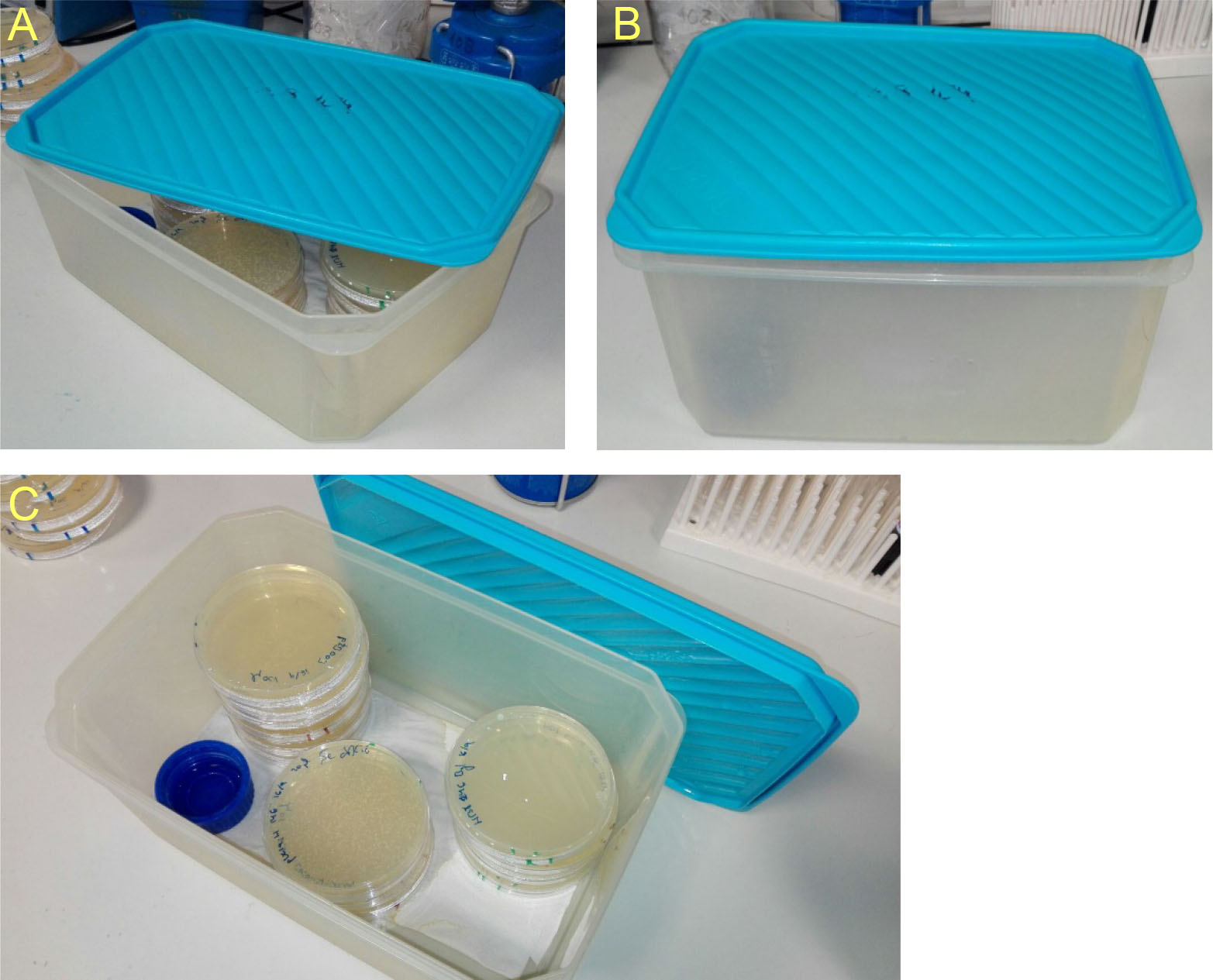
Figure 1. Humid chambers. Descriptive photographs of the humid chambers used to incubate Thermus plates. Place a piece of paper soaked with Thermus water and a bottle cap filled with the same water on the bottom of the chambers to maintain high humidity.
Procedure
文章信息
版权信息
© 2016 The Authors; exclusive licensee Bio-protocol LLC.
如何引用
Blesa, A. and Berenguer, J. (2016). Transformation of Thermus Species by Natural Competence. Bio-protocol 6(22): e2007. DOI: 10.21769/BioProtoc.2007.
分类
微生物学 > 微生物遗传学 > 转化
分子生物学 > DNA > 转化
您对这篇实验方法有问题吗?
在此处发布您的问题,我们将邀请本文作者来回答。同时,我们会将您的问题发布到Bio-protocol Exchange,以便寻求社区成员的帮助。
提问指南
+ 问题描述
写下详细的问题描述,包括所有有助于他人回答您问题的信息(例如实验过程、条件和相关图像等)。
Share
Bluesky
X
Copy link


